Ebb and Flow: On & Post Archive Faction (PAF)
|PHILLIP PYLE
As the Limmat river flows from its source in Lake Zurich, expanding and contracting with its tributaries before meeting the Aare, it passes some of Zurich’s more storied landmarks, including the 12th-century Grossmünster and the Cabaret Voltaire, the birthplace of Dadaism. The Limmat also runs along the headquarters of the Swiss brand On—which, in the almost 15 years since its establishment, has become a global leader in high-performance footwear and exercise apparel—and served as the main inspiration behind a new collaboration between On and the South Korean brand Post Archive Faction (PAF), entitled “Current Form 1.0.”
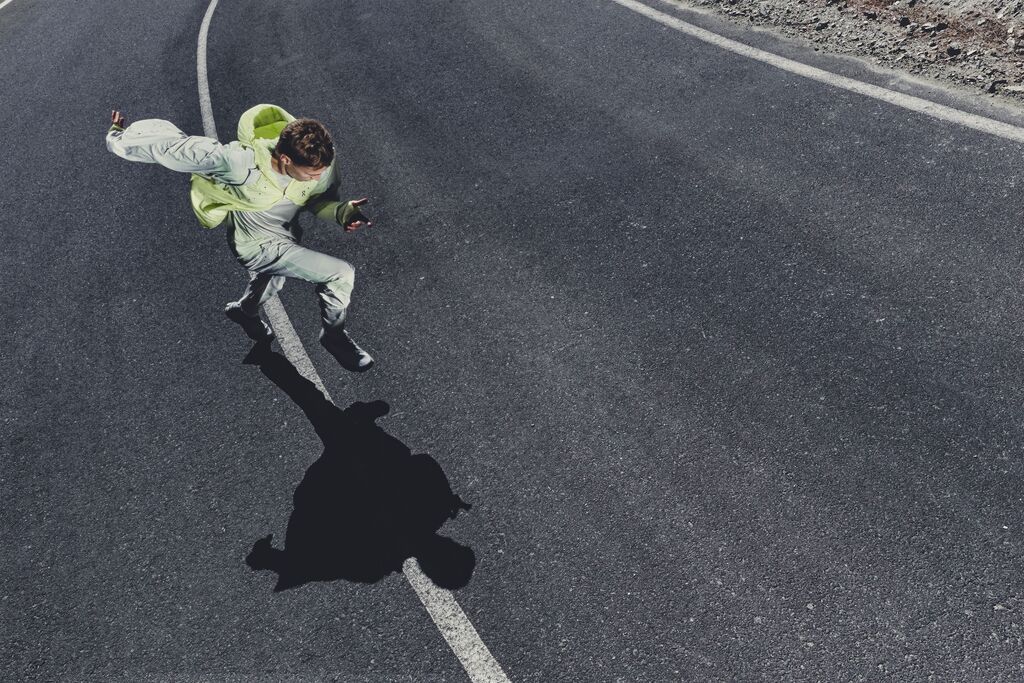
Launched in Seoul in 2018 by Dongjoon Lim, PAF has shown at Paris Fashion Week, been named a semifinalist for the LVMH Prize, and even launched a collaboration with Off-White™—a partnership forged by the late Virgil Abloh. Known for their systematic, politically inspired (“right,” “center,” and “left”) approach to design and collections that move between highly-aestheticized and highly-functional pieces, PAF utilizes methods of dis- and re-assembly and take equally from nature and artifice in their never ending search for the “ideal shape of something.” For the first part of their collaboration with On, this striving toward an ideal archetype begins with a collection including the X Breaker Jacket, Flow Running Pant, and a new take on On’s Cloudmonster 2 shoe. Something between the “straight line” of On’s nature-inspired and function-focused design language and the “curved line” of PAF’s design approach, the Cloudmonster 2 is more like a “stream’s line,” the crease line flowing across its performance-ready upper mimicking the flow of the Limmat River.
On & PAF’s “Current Form 1.0” collection, which was first announced on Monday, is set to launch on May 3. In conversation with Phillip Pyle, PAF’s founder and creative director, Dongjoon Lim, and special project manager, Teahan Kim, discuss PAF’s ethos of “bettering” fashion, the float trip that inspired the collection, and the environmental context linking South Korea and Switzerland.
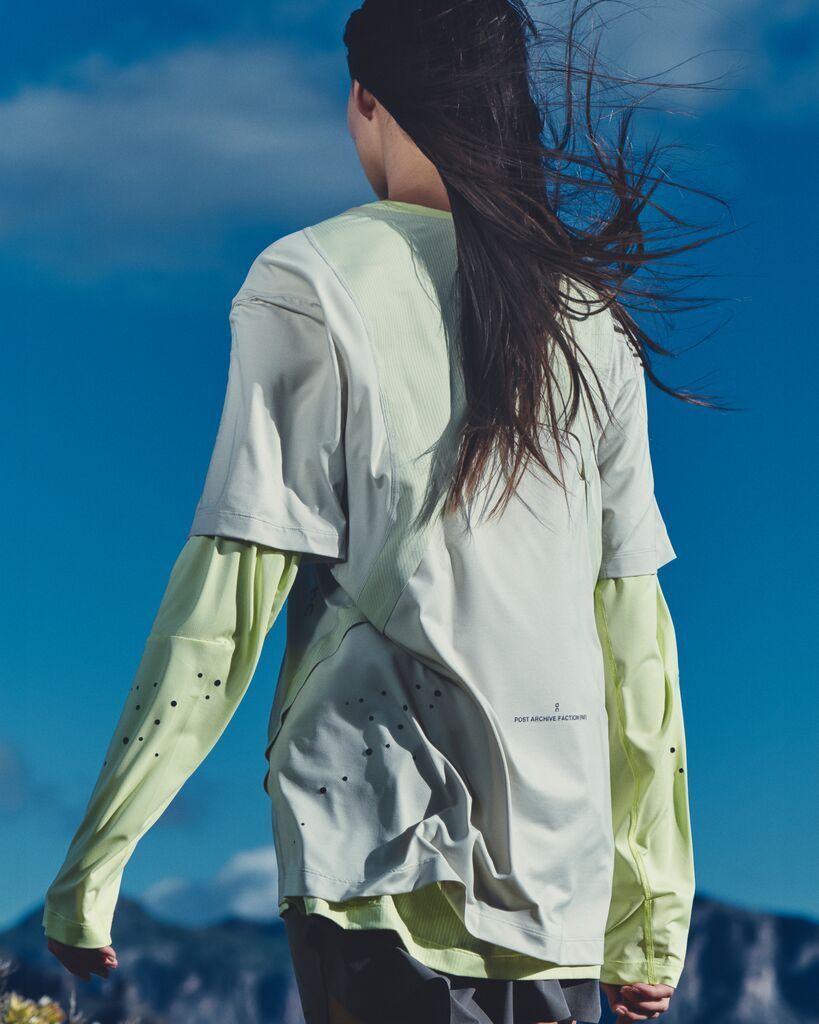
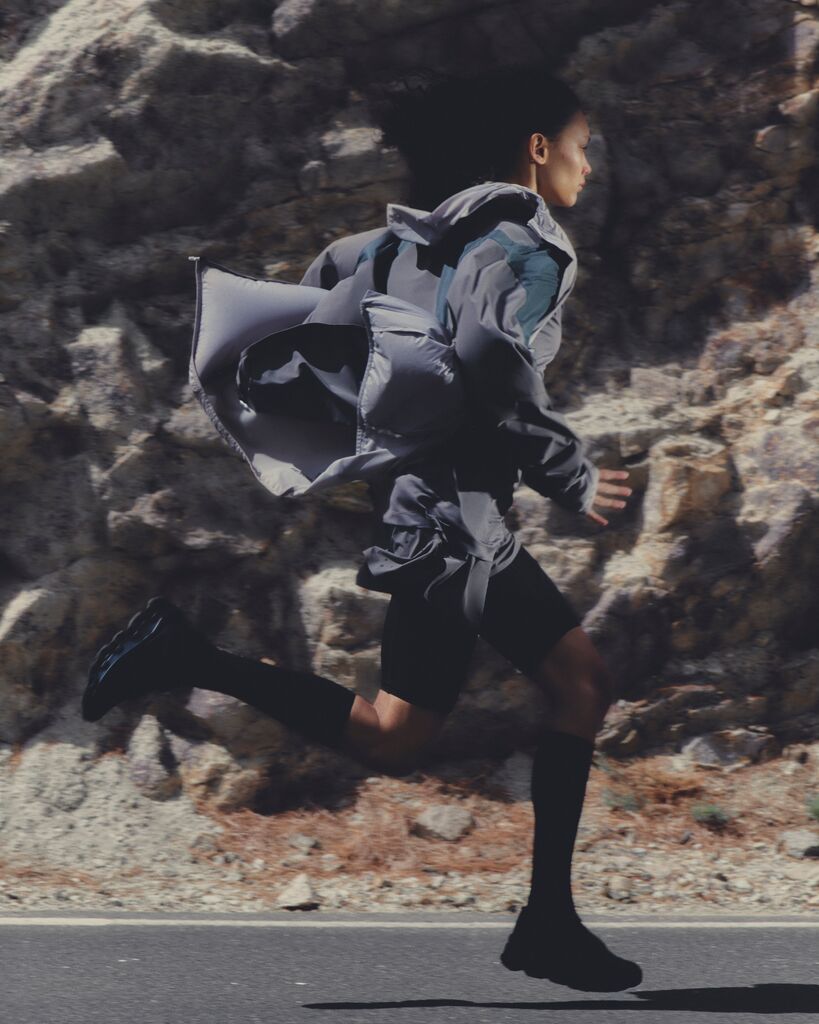
PHILLIP PYLE: Dongjoon, you studied industrial and spatial design, and initially came to fashion through UX design. There’s a lineage of designers, including Virgil Abloh, Samuel Ross, and Tom Ford, who also came to fashion through a more structural route. Was your transition to fashion design natural?
DONGJOON LIM: To be honest, I didn’t have much interest in fashion as a teenager. I was addicted to making Lego. I enjoyed making my own creations with Lego parts rather than following manuals to achieve the expected results. I really loved it, and it’s what made me study industrial design at the University in Seoul. The transition into fashion was very natural because, for me, it’s basically the same method of assemblage but with different materials, using fabric and trims.
As for the collaboration with On, I was able to influence the design of their product. The memories and experience in making my own creations in Lego gave me so much insight. I’d even say it was a form of training, making something in a new way, a new formula, a new structure.
PP: Did you have any designer role models who also had backgrounds outside of fashion?
DL: Definitely Virgil. Before I launched my brand in 2018, I saw his Instagram post after his debut show for Louis Vuitton that had the rainbow colored runway outside in Paris, and the post said, “you can do it too…” That hit me. His approach in design was unexpectedly unique and I believe it’s because of his background outside of fashion. There’s also Raf Simons, who started his career with designing furniture. When I started fashion, he was also a great model.
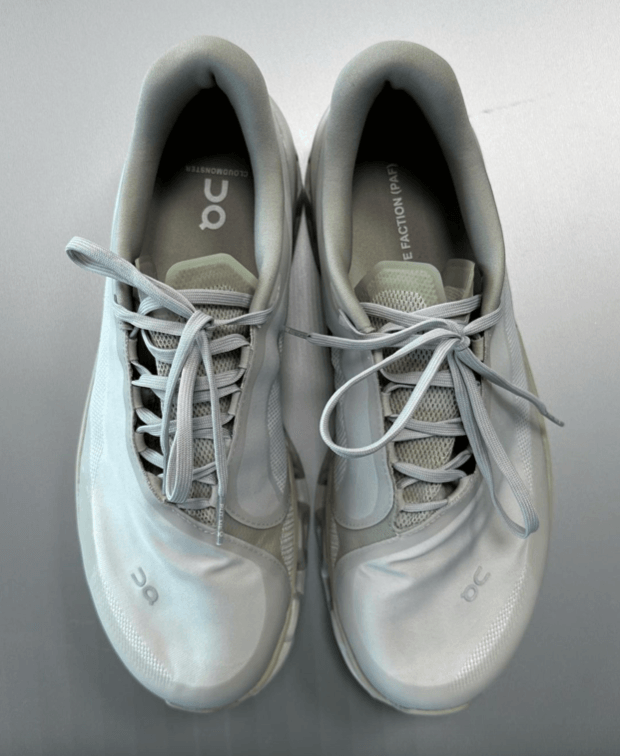
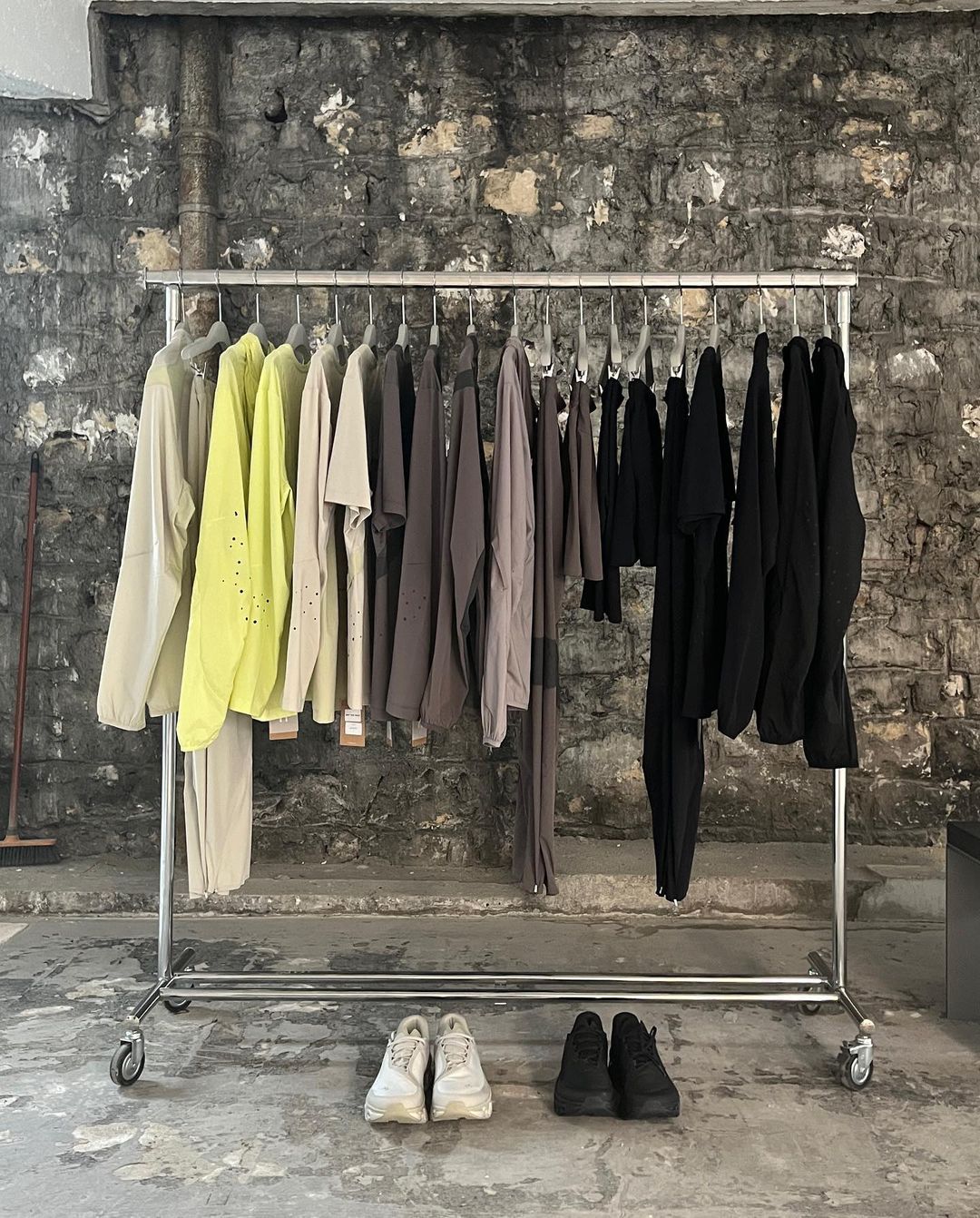
PP: I was reading a past interview where you mentioned that your father instilled philosophical thought into your life. How does that guide your design practice today?
DL: I got so much input from my father. Politically, there was a dark age in Korea in the 70s and 80s, with dictators and the military. My father was an activist, fought against the dictatorship, and he taught me what is right and what is wrong.
I think people on opposite sides always believe they are right. In Korea, the political conflict is very intense. So, that got me thinking about the political framework of “right,” “center,” and “left,” which is also the main framework for our collection right now. I think that balance is key in the political spectrum. So, in my design process and in our collection, we always present a shirt three ways, in “right,” “center,” and “left.” I’m always trying to find balance in our collection so that nothing is wrong. With crazy or experimental pieces, some older generations might say that they are not wearable, but some people love them and believe that that’s right.
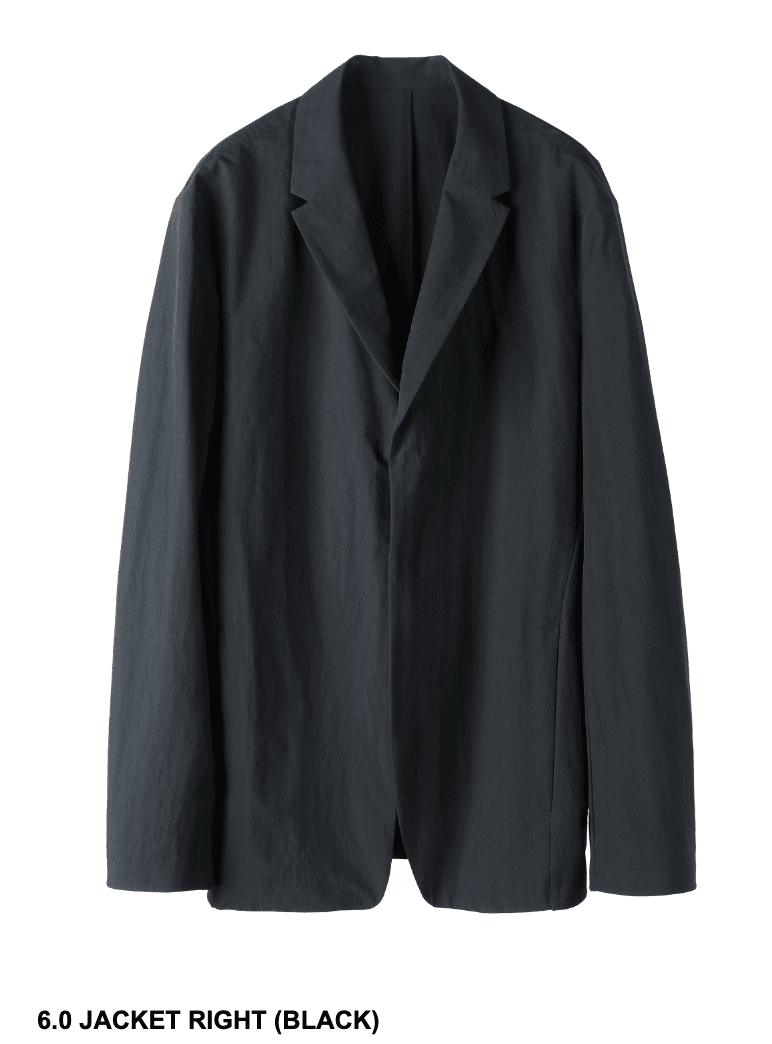
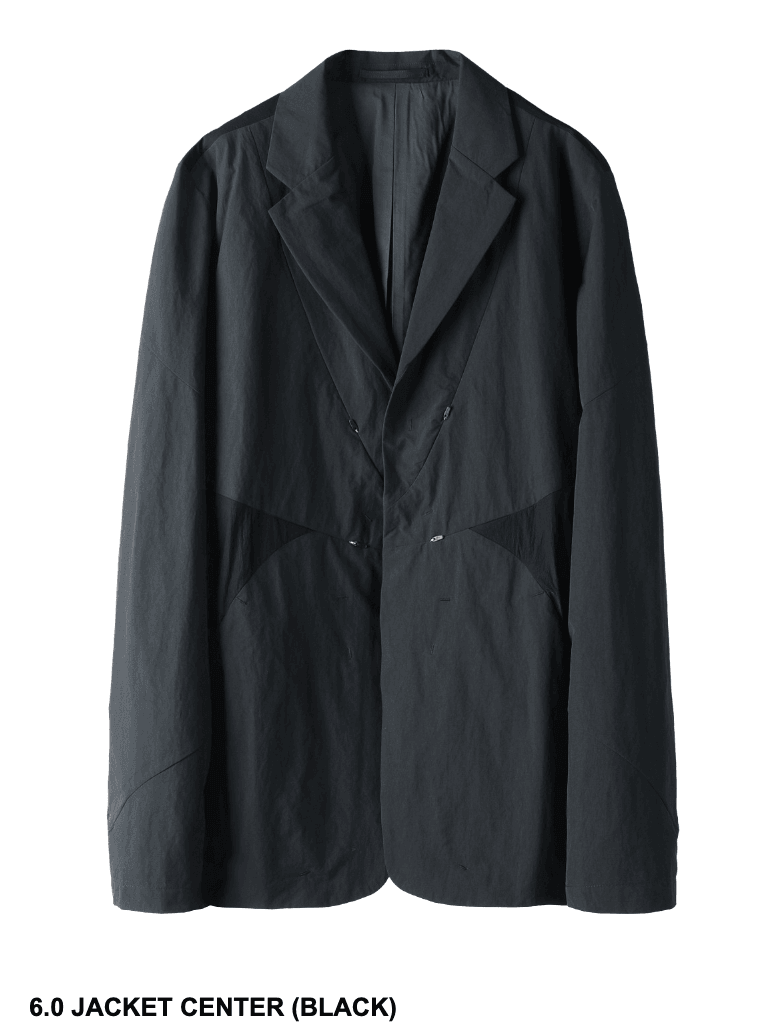
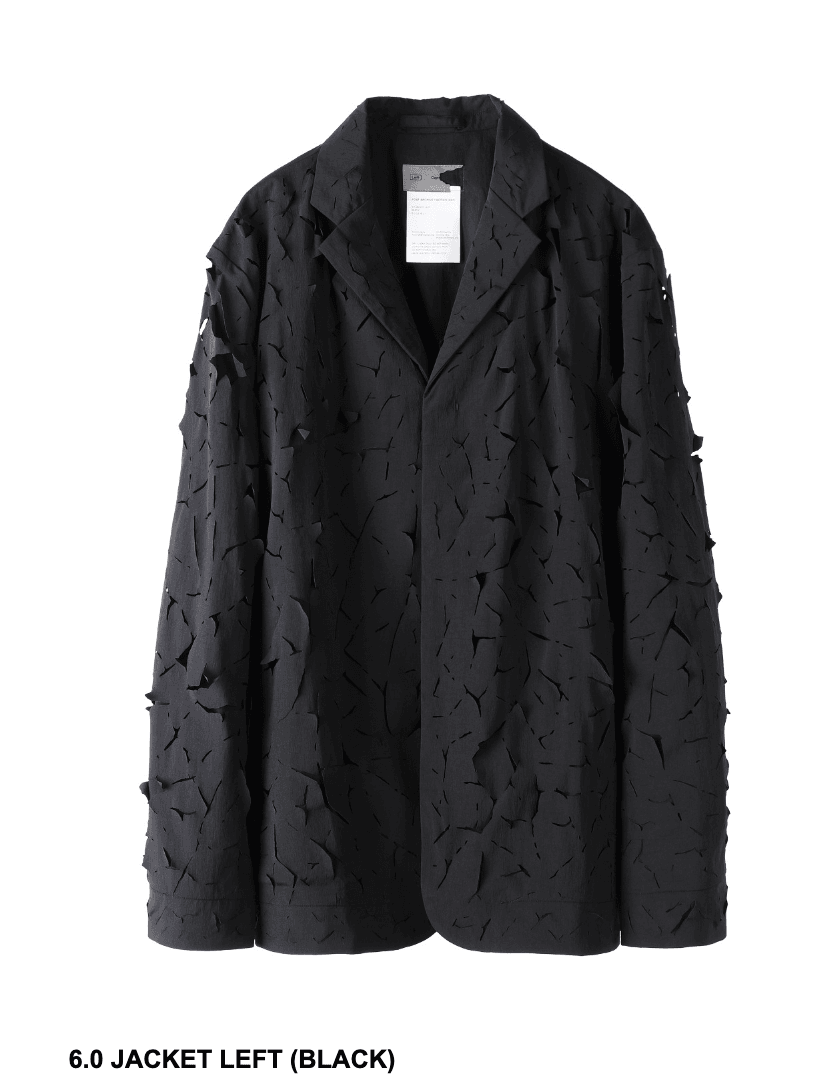
PP: Elsewhere, you’ve likened what Post Archive Faction (PAF) does to a film critic or a curator, saying that, “The maturation level of the fashion industry has reached a point where rather than anything new, it just needs bettering.” Could you expand on what you meant by “bettering” the fashion industry?
DL: I’m a person who always finds deficits in products, cars, apartments, interior design, or product design. I always wonder why they made things in certain ways, and how I would do them if I were the designer. I always think like that when I see something. Then, the question is: How could I make it better? So, the starting point is really simple for me. In my creation, I always think that this isn’t 100%, you know, it’s not enough to be great. Always. Every collection. I’m always trying to make better and better collections. Even though I am satisfied with the new collection, maybe half a year from now, I’m going to think that it was not enough. I’m always trying to find the ideal shape of something, the archetype. Personally, this is the most fun part of the design process. I’m not sure why I’m so obsessed with making something better.
TEAHAN KIM: Our collections, as Dongjoon mentioned, are getting better and better as they progress. And that’s why we chose a numbering system for each collection. It means we are updating the previous models and previous design. And that’s definitely a great source to make things better for the next generation of design.
Back to that interview that Dongjoon had: it was about how so many great things have already been invented, and what we can do is try to adopt them and make things better. And that could be another invention which our generation can create.
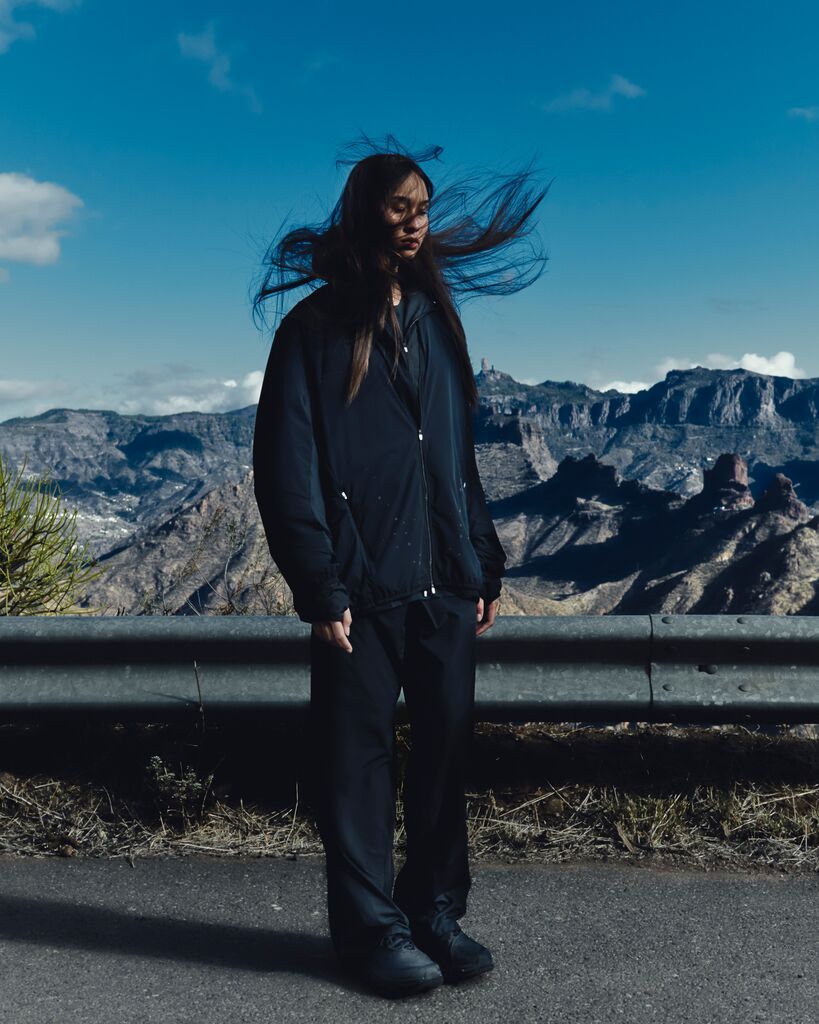
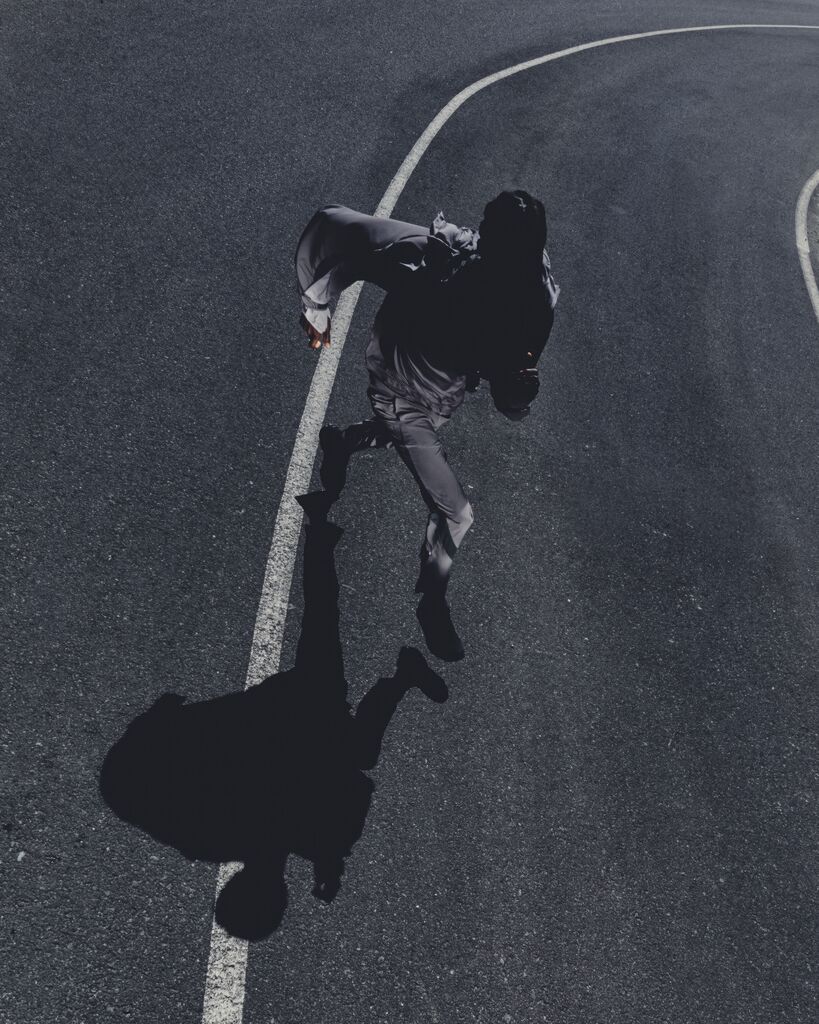
PP: Both On and PAF are fairly new, but they have both managed to establish themselves in their respective markets. Since being named a semifinalist for the LVMH prize a few years ago, have you, Dongjoon, felt the pressures of being a newer brand lessen at all?
DL: For me, it was the opposite. The pressure is becoming even greater because people know more about our brand. Before that, maybe a few people were waiting for our collections. Now, there are so many eyes on the brand. People are waiting for our results. I think the pressure that moved me to make a better collection than the one before is quite healthy, and this was also the case for the collaboration with On. Now I’m working on the next collection with On.
PP: The press release says that the Cloudmonster 2 was inspired by a personal experience you had on the Limmat River in Switzerland. Could you tell me more about the experience?
DL: There was one moment in Zurich where we just floated around on the river and drank beer. The river and the nature around it were so beautiful, and the way they make harmony with the cityscape was quite inspiring. This moment influenced me to design the shoes and collection to be organically beautiful like the river while also practically supporting our everyday urban infrastructure—like bridges, streets, etc.
TK: Our design actively employs organic moments from nature, even though the result is always artificial. This is because it’s designed by humans, us. The Limmat River is also an artificial landscape because it’s not 100% natural, right? The river itself was naturally created, of course, but it is interrupted by artificiality—civil engineering that assists people living in the urban environment with nature. There’s a human touch. And the shoes that Dongjoon and the team designed with On also represent that moment—where we provide a functional, but beautiful artifact for runners or people in everyday life.
PP: So, you all went into the river together?
DL: Yes! And some of the On team even floated all the way back to their homes.
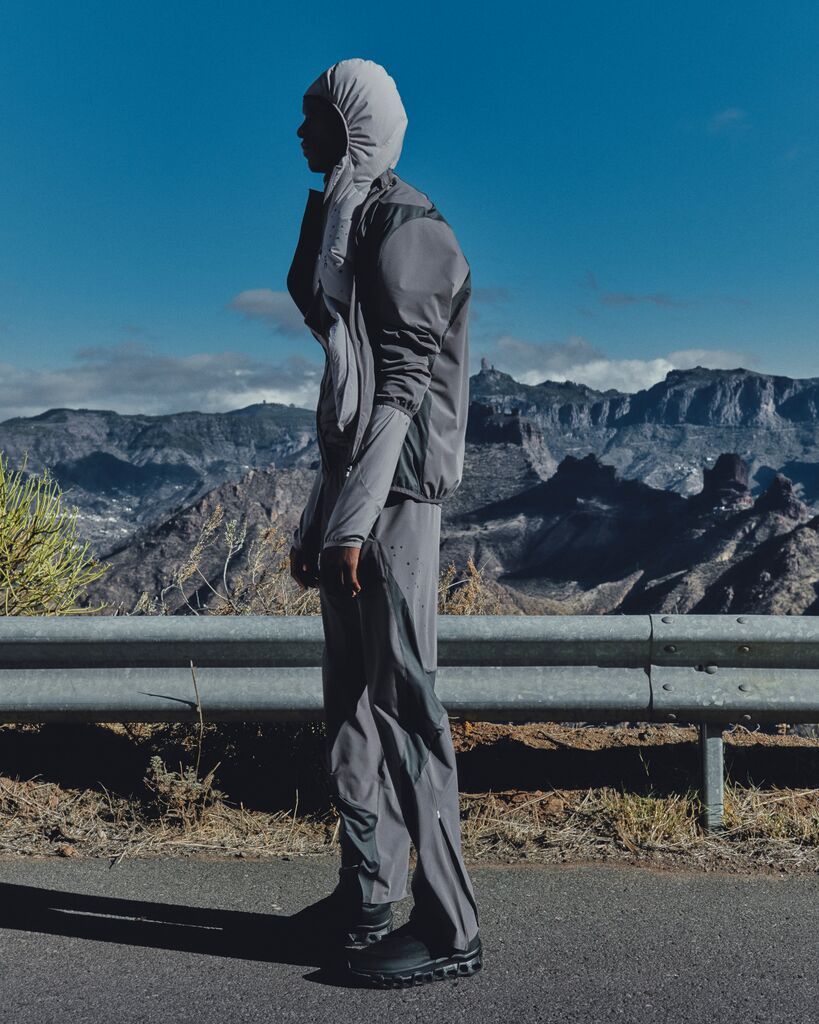
PP: I‘m interested in the interaction between the design ethos of the two brands. PAF pieces often contain asymmetrical designs, cut-and-slash elements, and experimental riffs on conventional garments. In contrast, On is typically more associated with comfort, utility, and a simpler, nature-inspired beauty. How did this collaboration come to be, and what were the unifying points?
DL: I always want to produce beautiful and at the same time functional things. I think we share that ethos for performance and functional products. What On usually creates is more of a systematic, straightforward, and functional design. We tried to find a balancing point between our curved line, more like a stream’s line, and the straight line On uses in their design language.
I personally really love this unexpected structure. With On, we were able to challenge the design of their shoes with PAF design elements and I’m really happy to bring this natural, yet artificial beauty to our design. Earlier, I mentioned the “right,” “center,” and “left” design framework. On could be the right side of the framework, we are on the left, and the center is this shoe, the collaboration.
TK: We also share an environmental context with Switzerland. We have four very distinct seasons, so it means that Dongjoon and the team needed to create functional garments where people can find some protection in every season, garments which are wearable for daily usage. So, although there are some “left” or aesthetic-oriented pieces in the collections, we also always have very wearable pieces as well. That’s where we share the same vision with On.
Lookbook
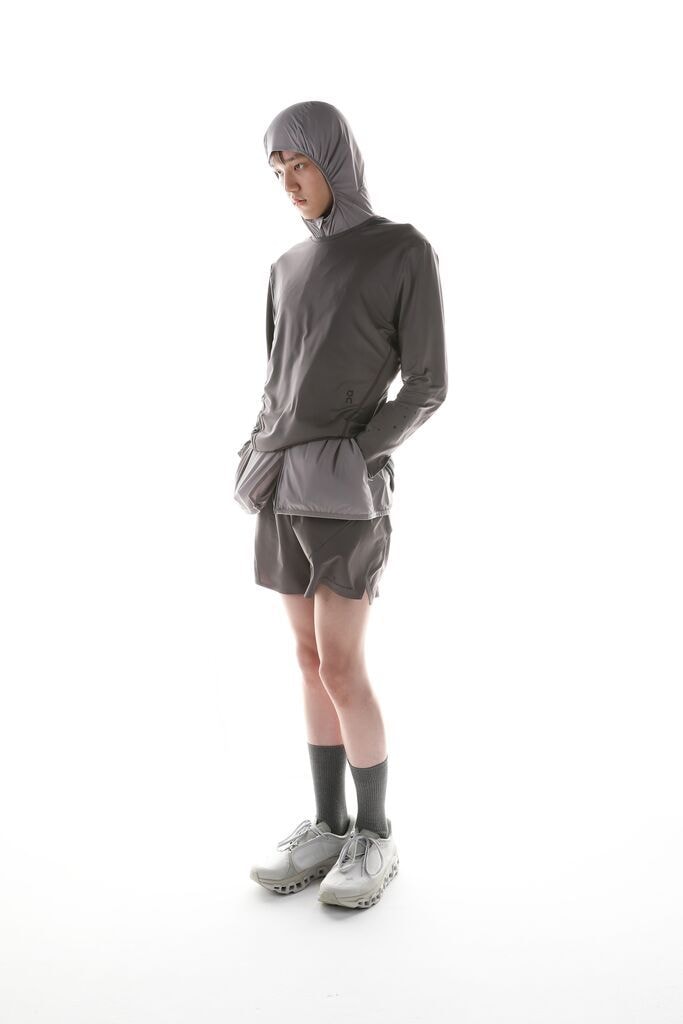
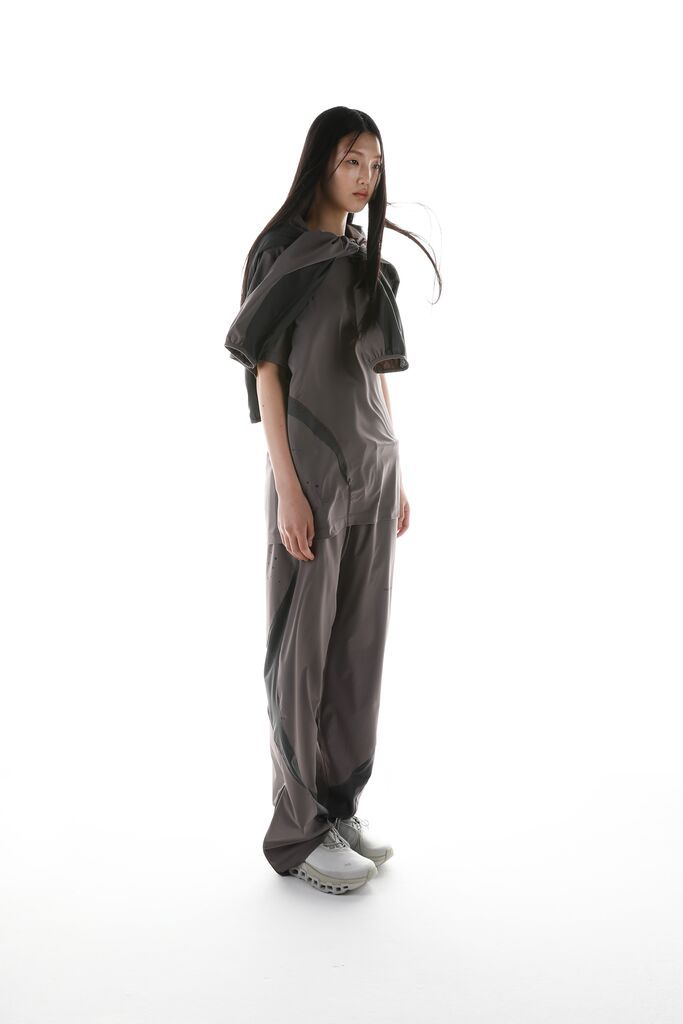
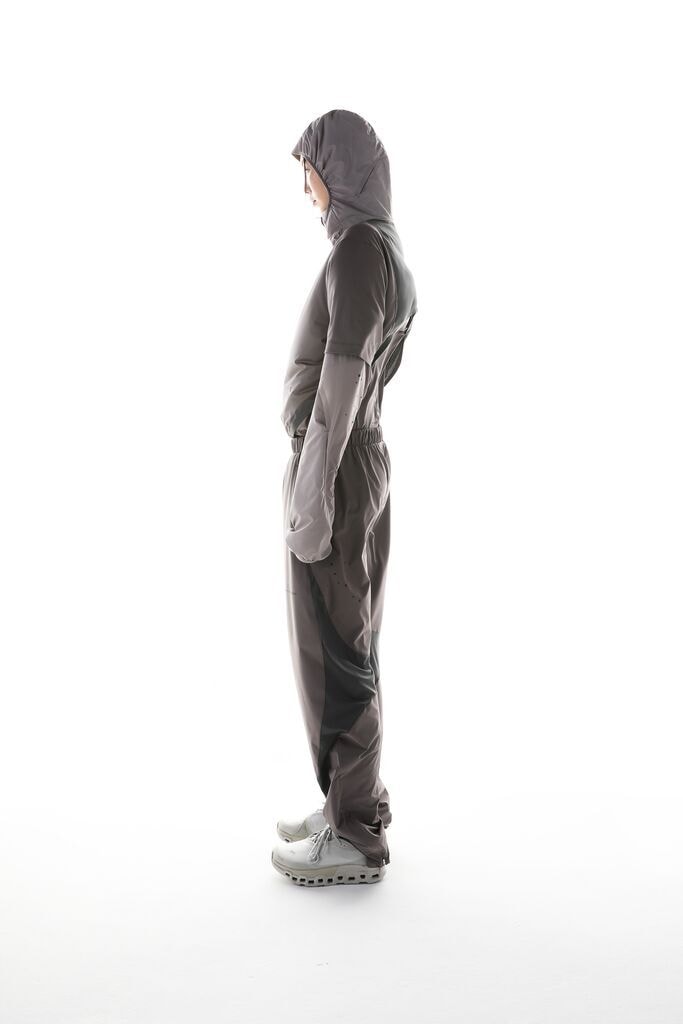
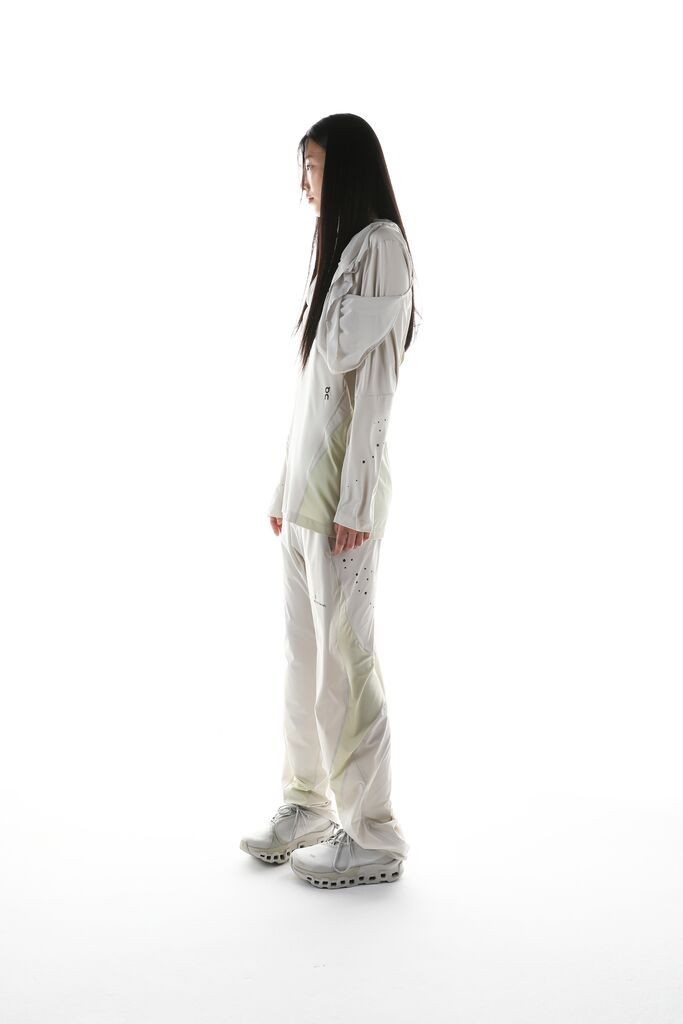
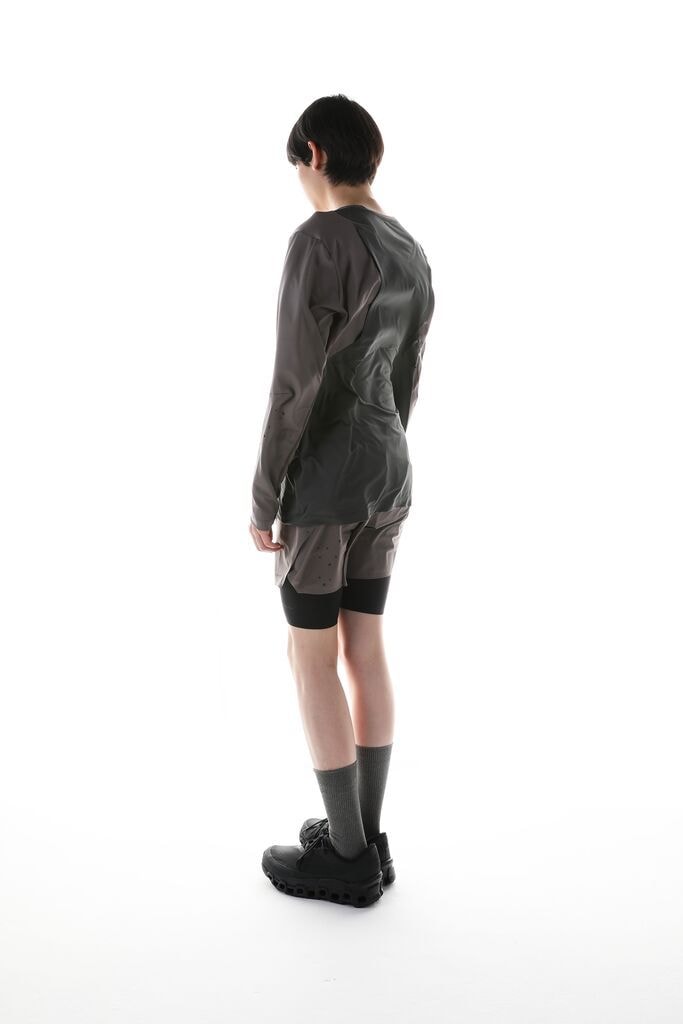
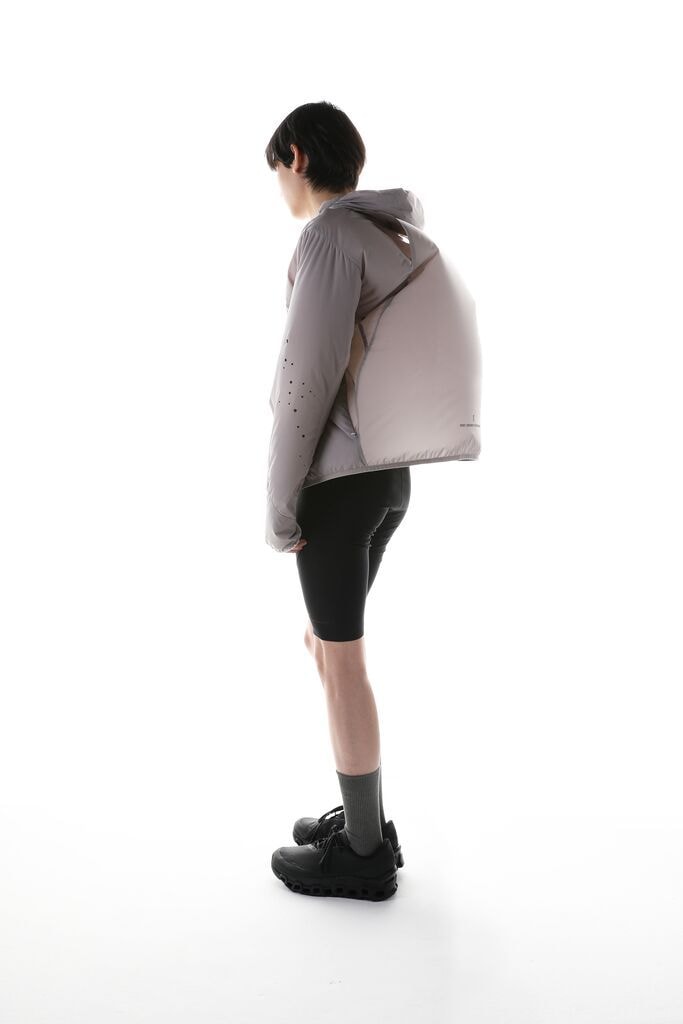
Credits
- Text: PHILLIP PYLE
- Photography: ALEX CASCALLANA
Related Content
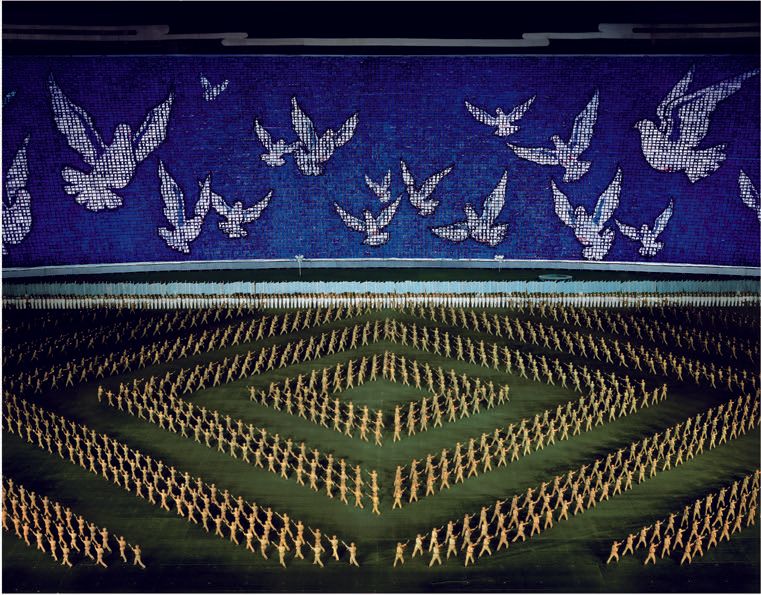
The Axis of Evil: Traveling to North Korea with ANDREAS GURSKY
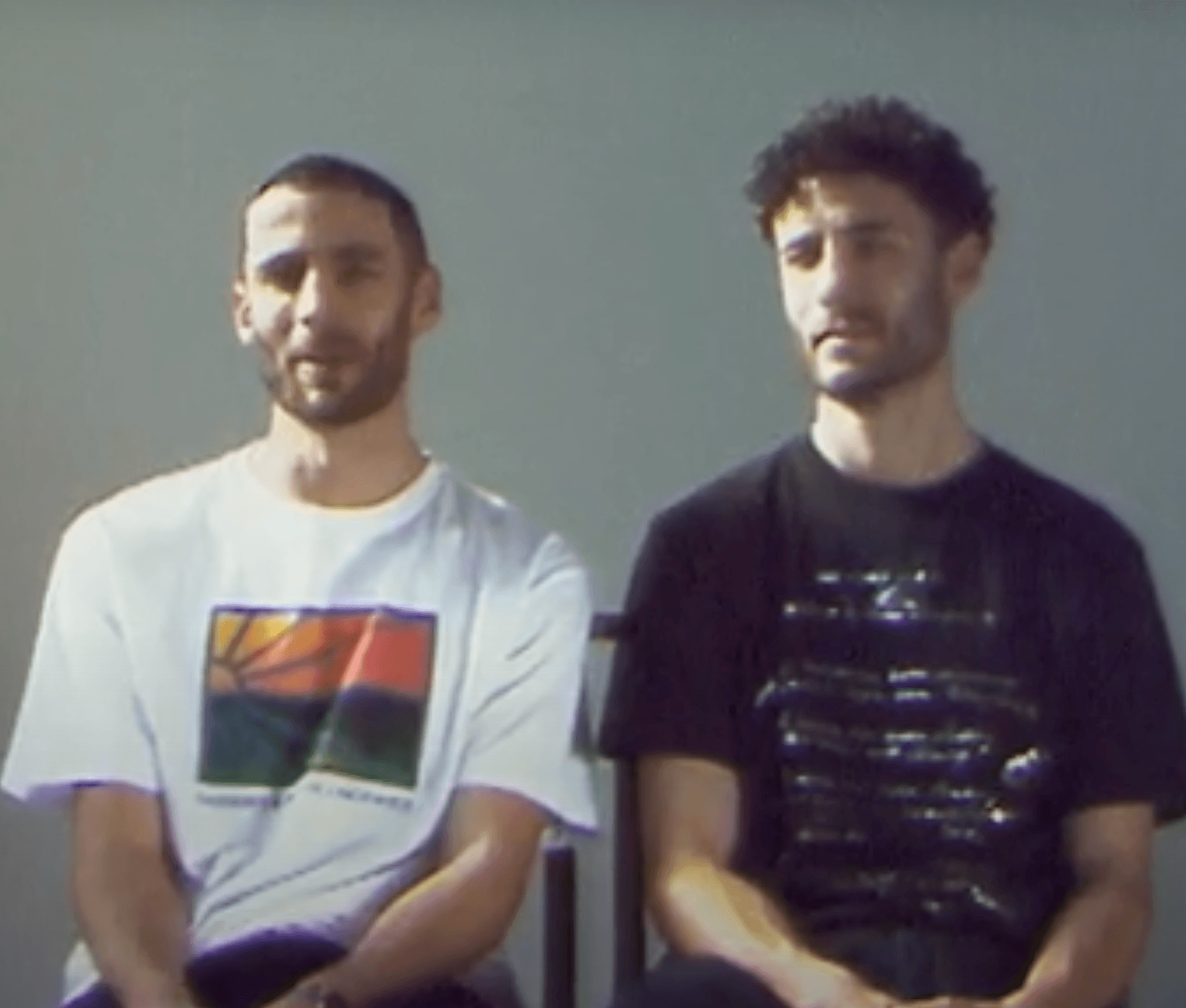
Do We Want Anarchy Or Guerilla Warfare? Julian Klincewicz & RASSVET
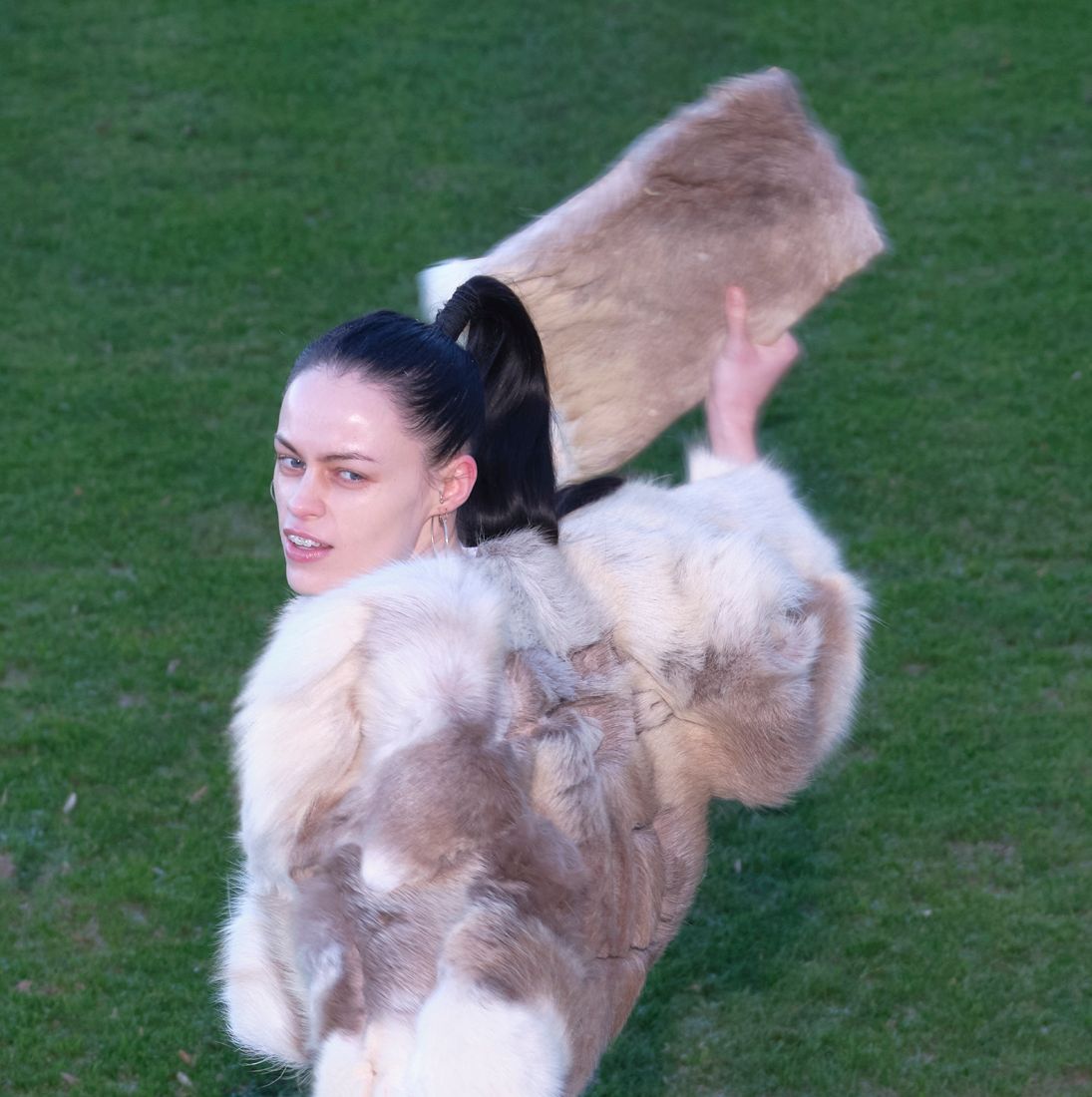
New Prototypes
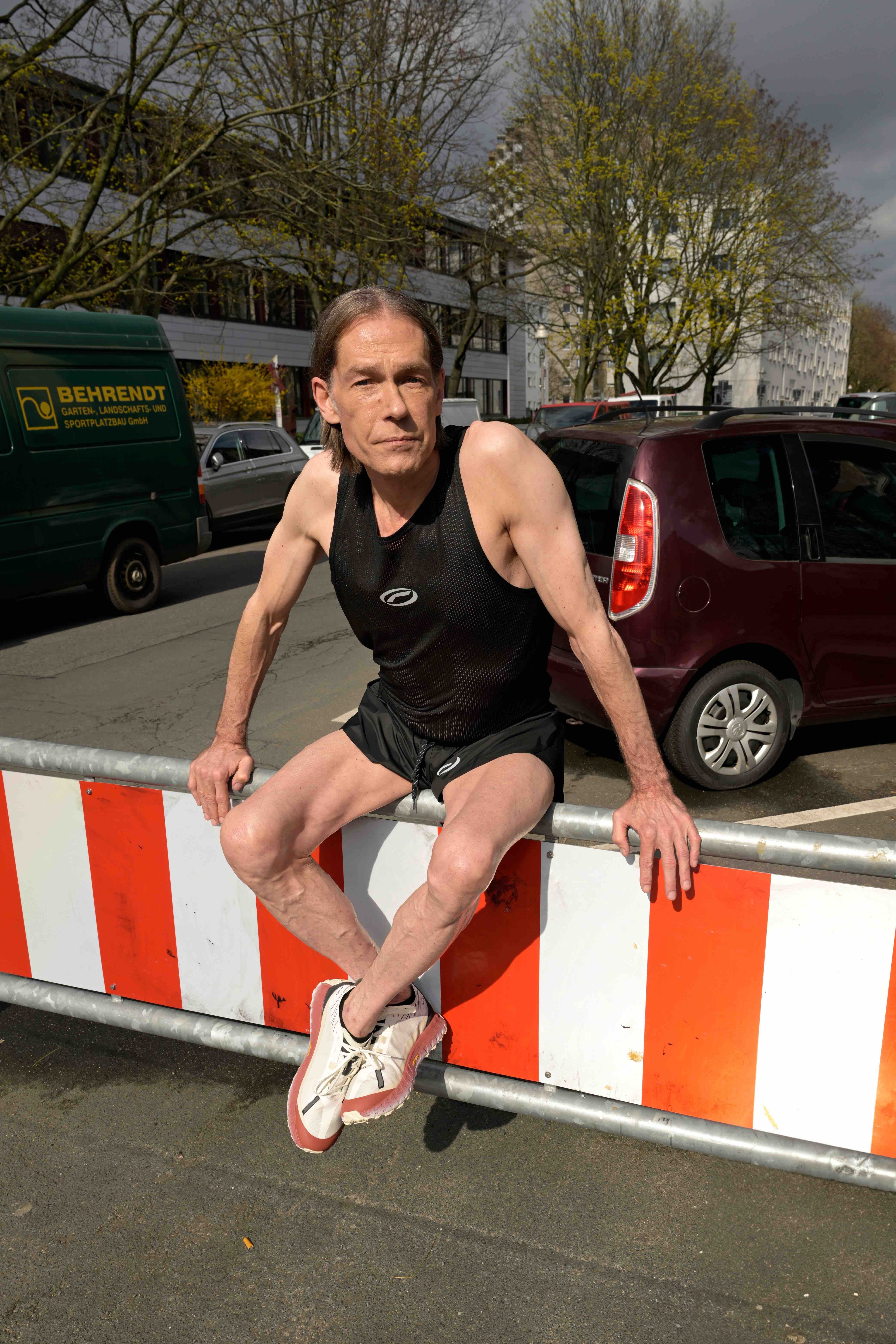
Optimistic Runners: “Enter the Void”
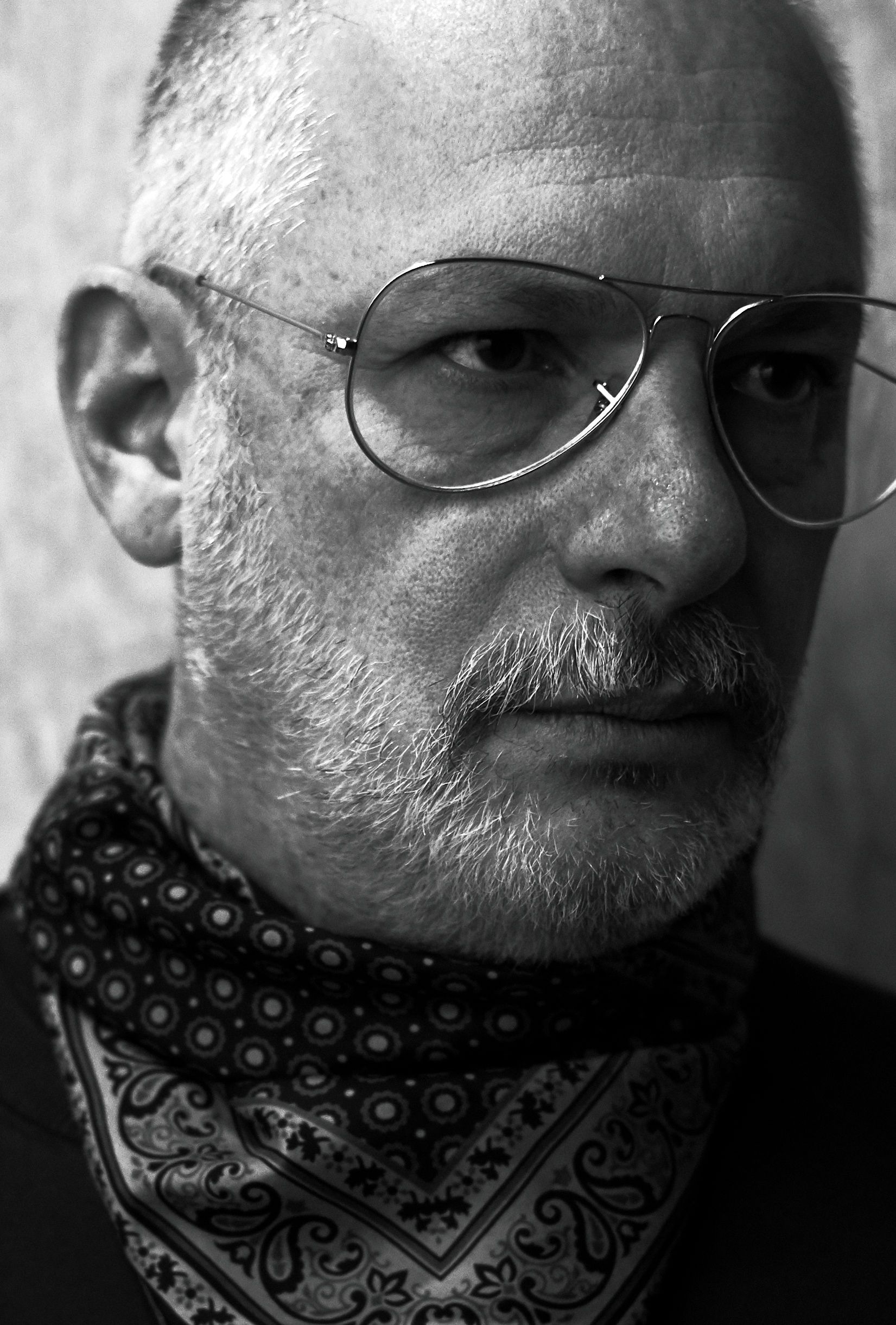
Brenda’s Business with Fabio Piras
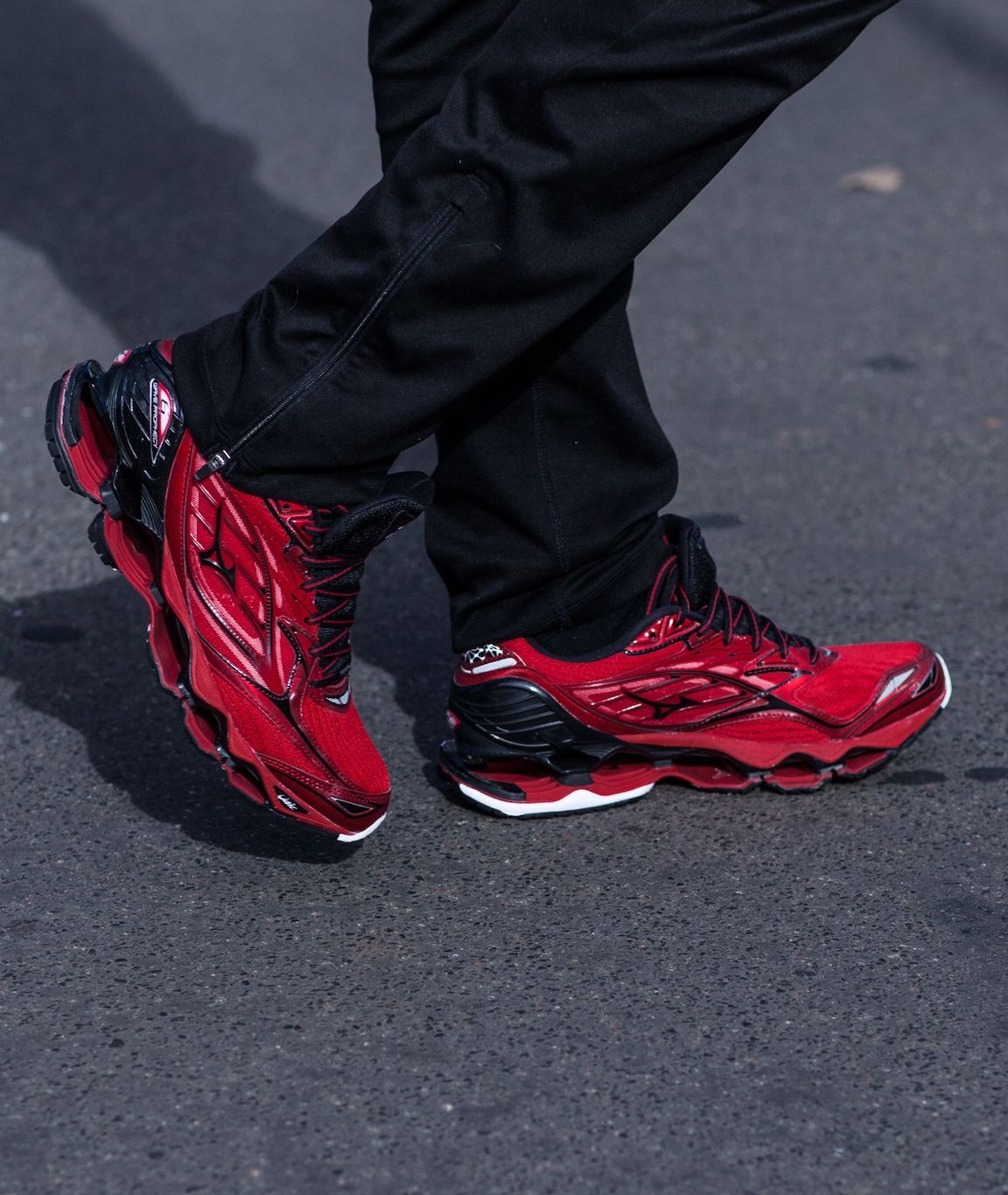
Extremist Footwear: Examining the Spectrum of 2017’s Minimal and Maximal Running Shoes
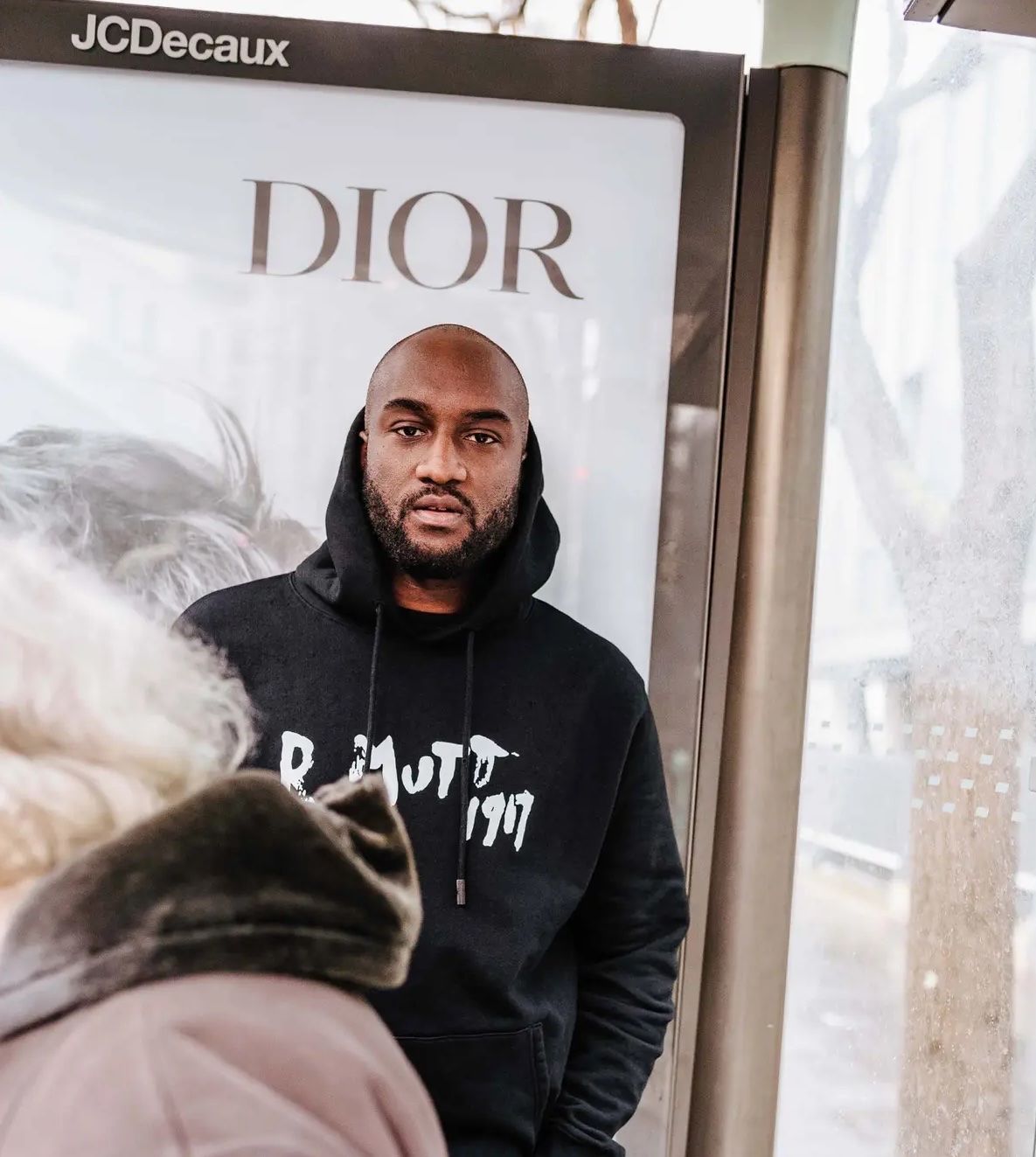
VIRGIL ABLOH: “Duchamp is my Lawyer”
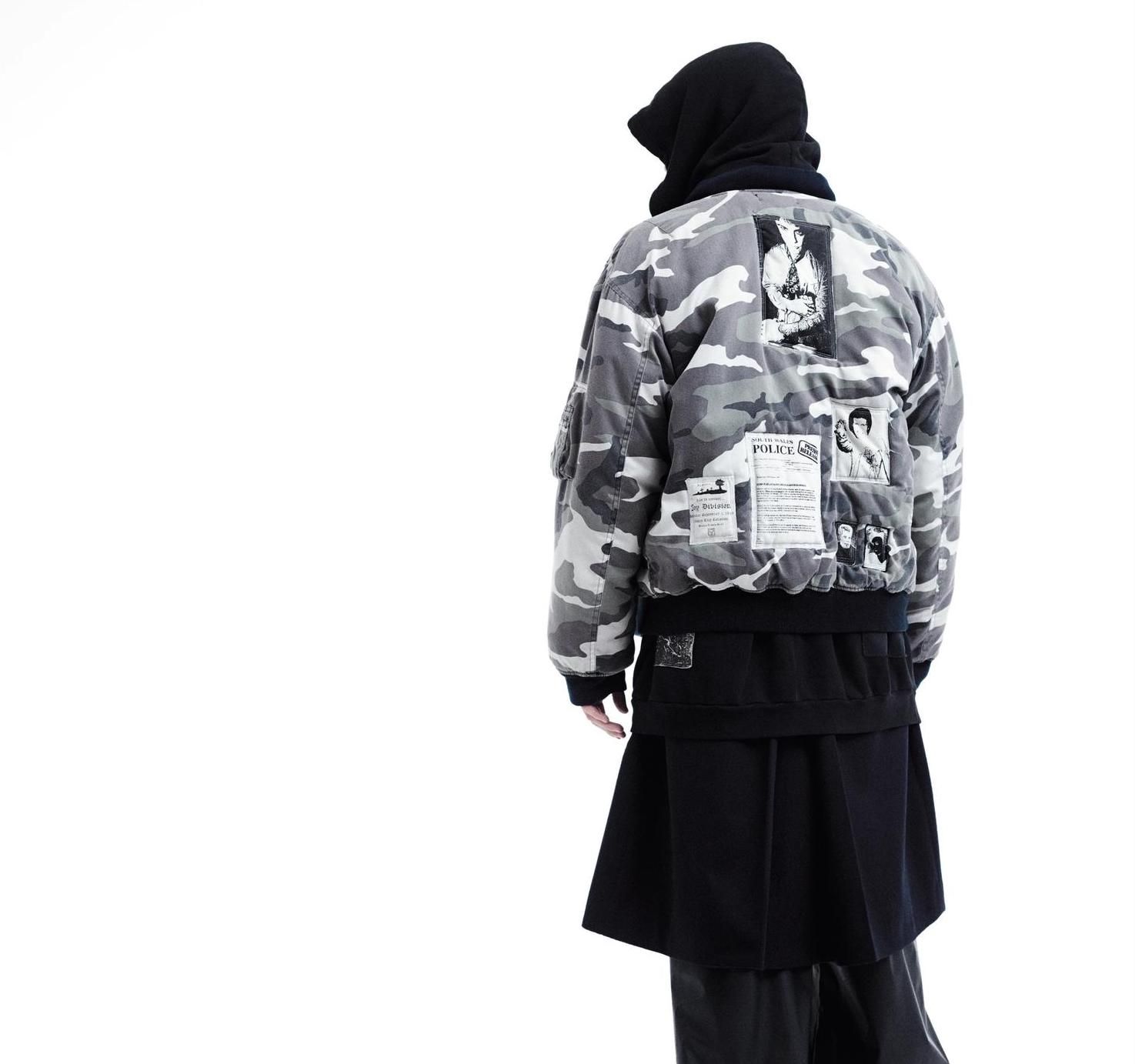
RAF SIMONS RETROSPECTIVE: 1995–2015
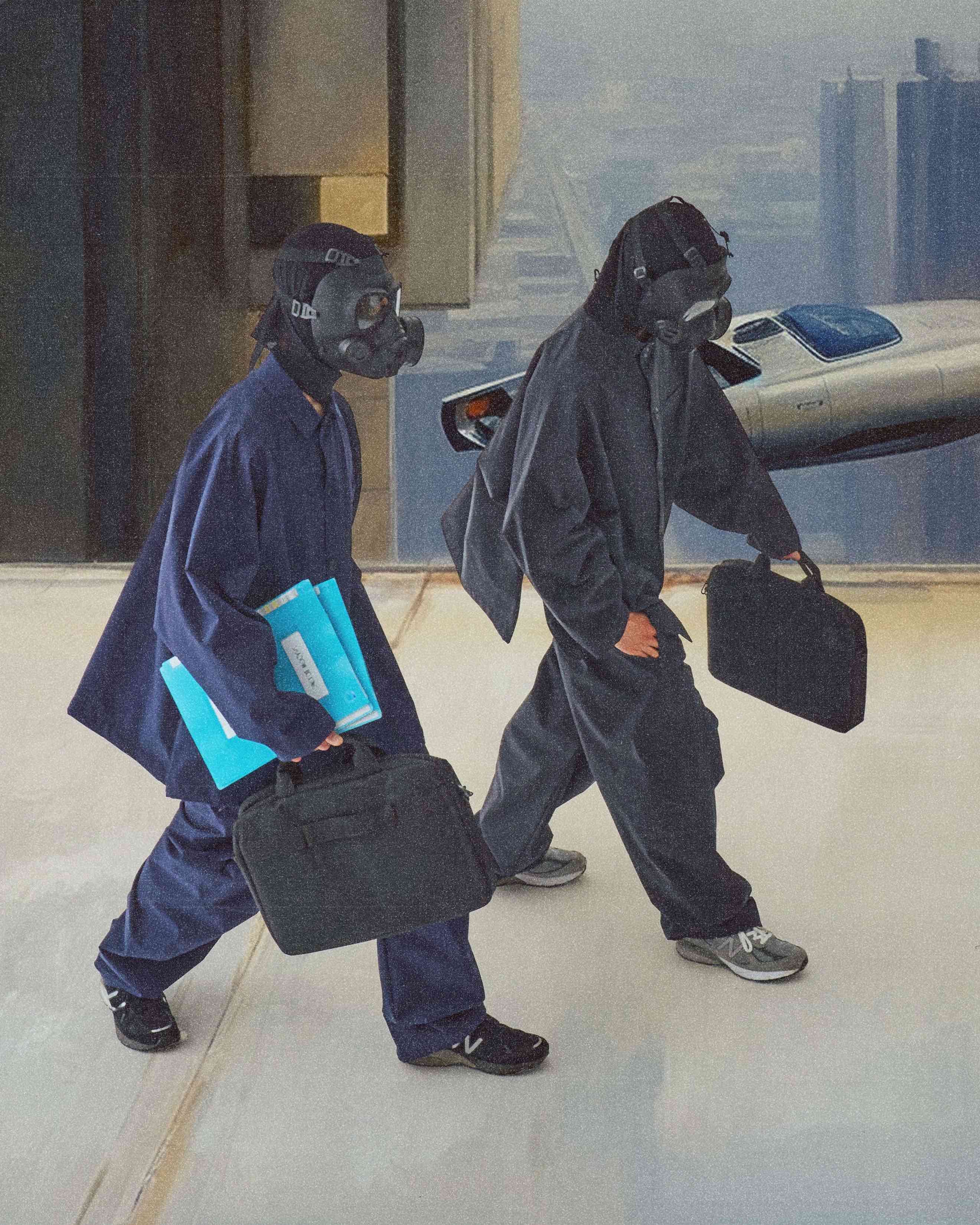
Shadowboxing with AJOBYAJO